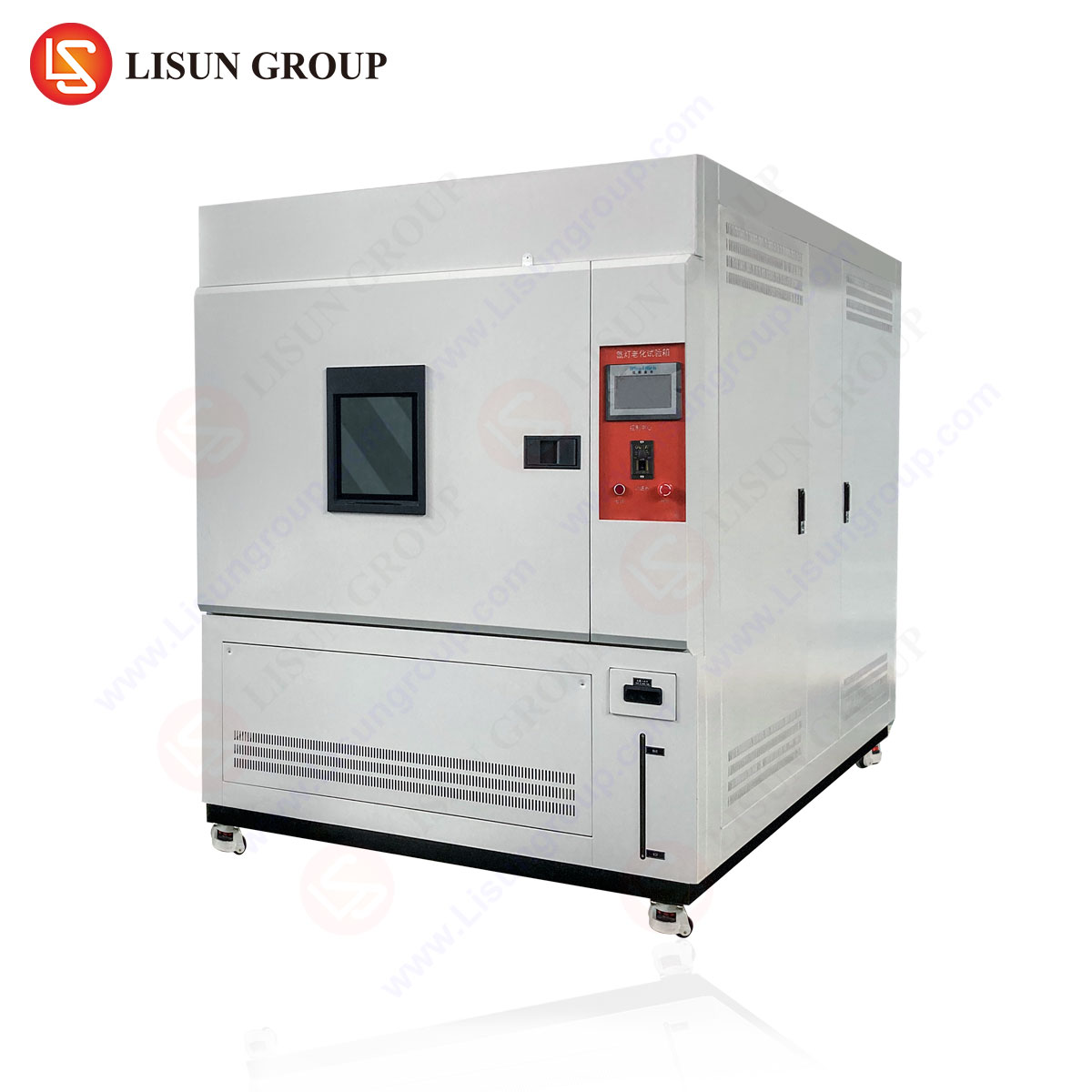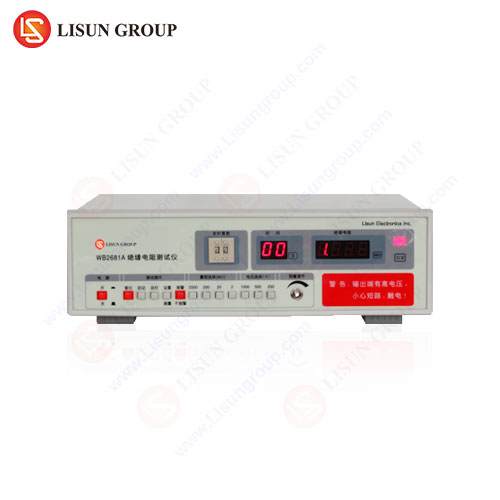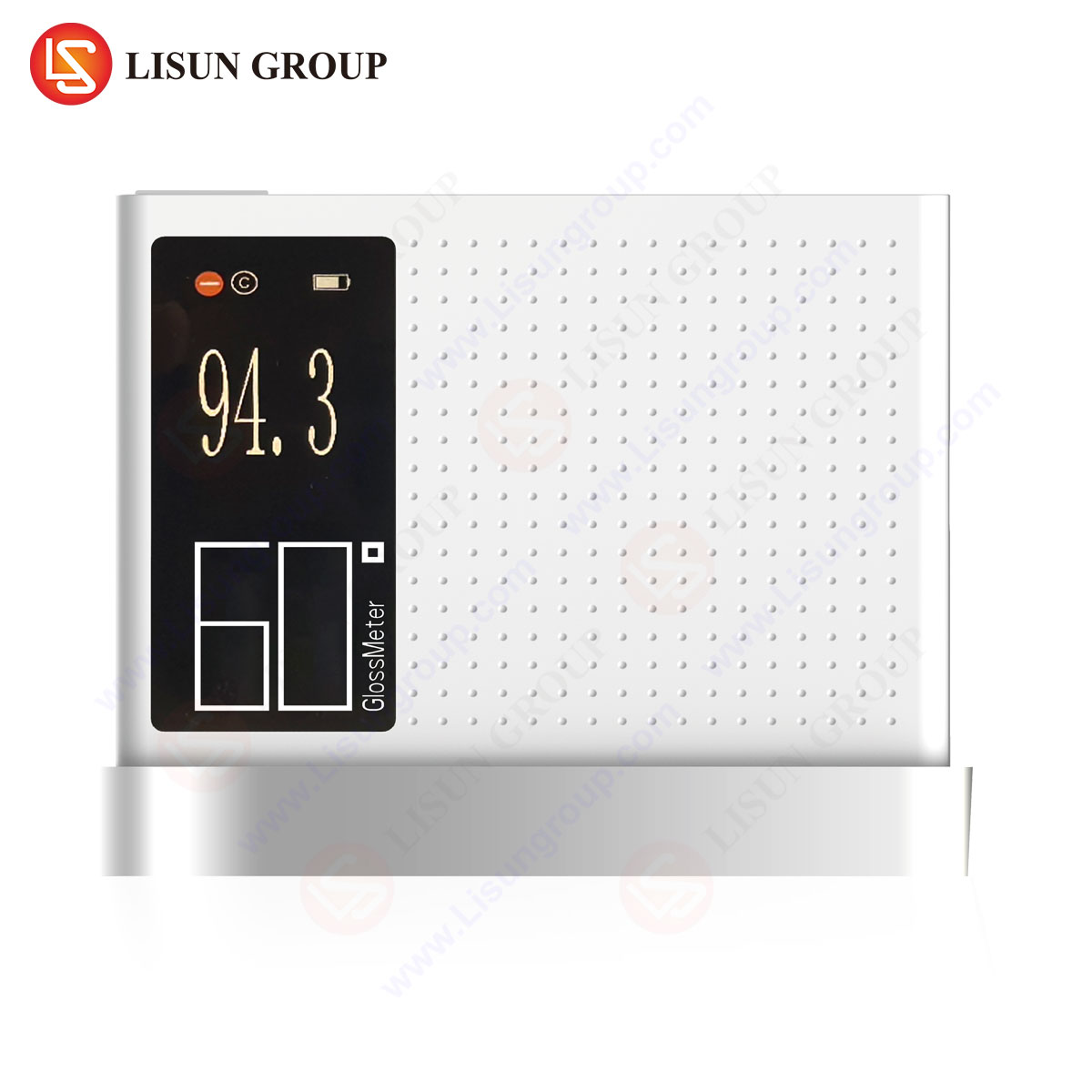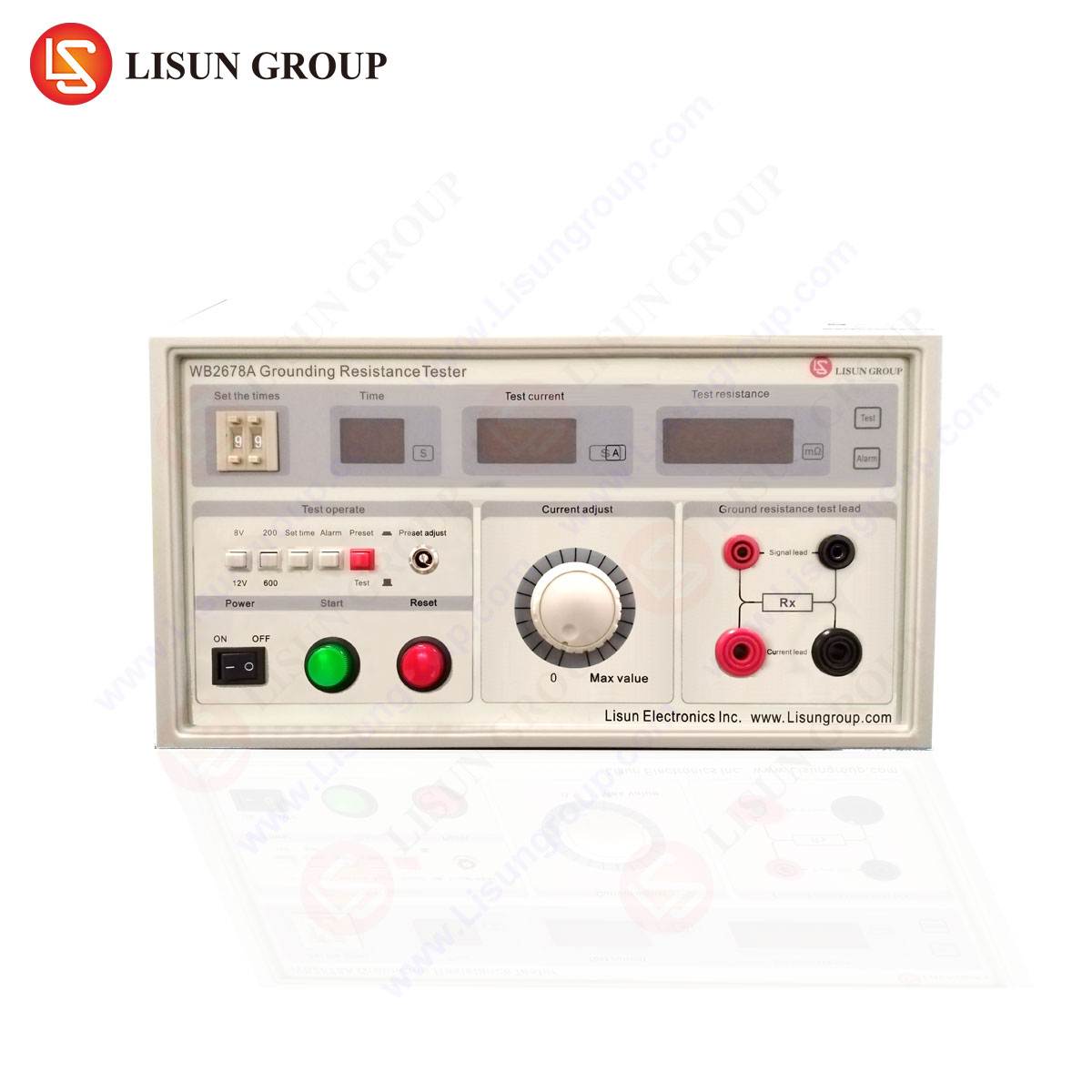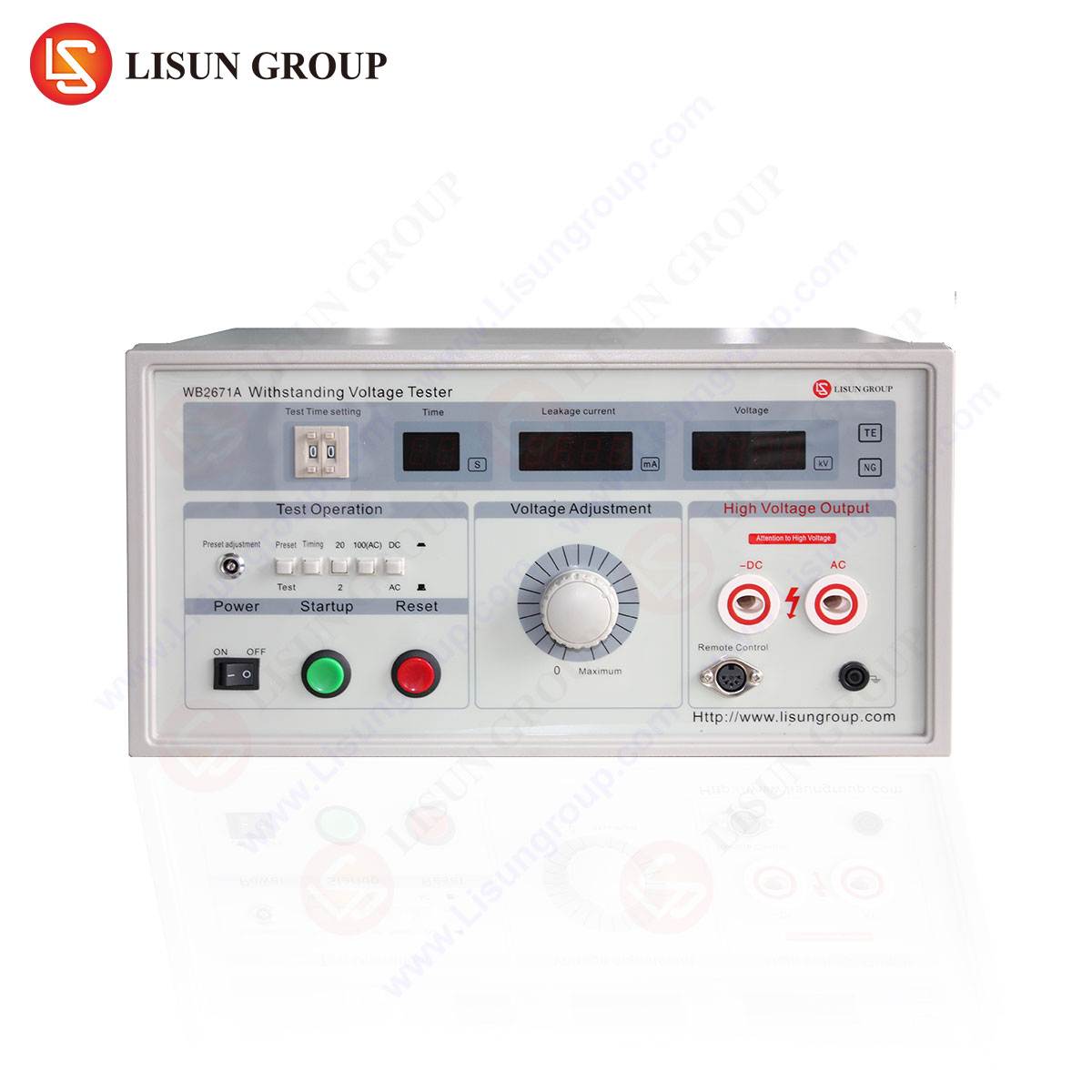Introduction to Leakage Current and Its Significance in Electrical Safety
Leakage current refers to the unintended flow of electrical current from a live conductor to ground or another conductive surface in an electrical or electronic device. This phenomenon arises due to insulation imperfections, parasitic capacitances, or component degradation. Excessive leakage current poses significant risks, including electric shock, equipment malfunction, and fire hazards. Consequently, rigorous testing is mandated by international safety standards such as IEC 60601 (medical devices), IEC 60950 (IT equipment), and IEC 60335 (household appliances).
The WB2675D Leakage Current Tester, developed by LISUN, provides a precise and automated solution for measuring leakage current across diverse applications. Its compliance with IEC, EN, and UL standards ensures reliability in industries ranging from medical electronics to automotive systems.
Fundamental Principles of Leakage Current Measurement
Leakage current manifests in three primary forms:
- Touch Current (Contact Current): Current flowing through a human body when contacting an exposed conductive part.
- Protective Conductor Current: Current returning via the protective earth conductor.
- Patient Auxiliary Current: Specific to medical devices, current flowing between applied parts and ground.
The WB2675D employs a network of measurement circuits simulating human body impedance (e.g., 1 kΩ + 0.15 μF for touch current per IEC 60990). By replicating real-world conditions, it ensures accurate assessment of potential hazards.
Operational Methodology of the WB2675D Leakage Current Tester
The WB2675D integrates advanced measurement techniques to evaluate leakage current under varying conditions:
Test Modes and Configurations
- Differential Measurement: Isolates leakage current by comparing input and output currents.
- Direct Measurement: Quantifies current flow through protective grounding conductors.
- Alternative Power Simulation: Assesses leakage under fluctuating voltage conditions (e.g., 85–110% of rated voltage).
Key Functional Parameters
- Rentang Pengukuran: 0.001 mA to 20 mA (adjustable resolution).
- Frequency Bandwidth: 0.1 Hz to 1 MHz for high-frequency leakage analysis.
- Voltage Input: 0–300 V AC/DC, accommodating global power standards.
Step-by-Step Leakage Current Test Procedure
1. Pre-Test Preparations
- Verify device compliance with applicable standards (e.g., IEC 60601-1 for medical devices).
- Ensure the WB2675D is calibrated per ISO 17025 requirements.
- Disconnect external grounding temporarily to isolate leakage paths.
2. Test Setup and Instrumentation
- Connect the device under test (DUT) to the WB2675D via specified terminals.
- Configure test parameters (voltage, frequency, measurement mode) based on DUT specifications.
- Implement a simulated load if required (e.g., resistive load for power supplies).
3. Execution of Leakage Current Measurement
- Energize the DUT at rated voltage and monitor initial stabilization.
- Record leakage current values under normal, single-fault, and reverse polarity conditions.
- For medical devices, evaluate patient auxiliary currents using specialized probes.
4. Data Analysis and Compliance Verification
- Compare measured values against permissible limits (e.g., 0.5 mA for medical equipment under IEC 60601).
- Document waveforms and transient responses using the WB2675D’s integrated data logging.
Industry-Specific Applications of Leakage Current Testing
Medical Devices and IEC 60601 Compliance
The WB2675D ensures adherence to stringent patient safety limits, detecting microampere-level leakage in dialysis machines or surgical tools.
Automotive Electronics and High-Voltage Systems
Electric vehicle (EV) power converters and battery management systems require leakage testing to prevent insulation breakdown at 400 V+ operating voltages.
Household Appliances and IEC 60335 Requirements
Testing refrigerators or washing machines for earth leakage prevents shock risks in wet environments.
Lighting Fixtures and LED Drivers
High-frequency switching in LED drivers introduces capacitive leakage, necessitating bandwidth-extended measurements.
Competitive Advantages of the WB2675D Leakage Current Tester
- Kepatuhan Multi-Standar: Supports IEC, UL, GB, and EN standards without hardware reconfiguration.
- Automated Sequencing: Reduces human error via programmable test routines.
- High-Resolution Display: Real-time graphing of leakage trends for fault diagnosis.
Bagian FAQ
Q1: What is the maximum leakage current allowed for Class I medical devices?
A: Per IEC 60601-1, touch current must not exceed 0.1 mA under normal conditions and 0.5 mA under single-fault conditions.
Q2: Can the WB2675D measure DC leakage in photovoltaic systems?
A: Yes, its bidirectional current detection covers DC leakage up to 20 mA.
Q3: How does the WB2675D handle high-frequency leakage in switch-mode power supplies?
A: The 1 MHz bandwidth ensures accurate capture of high-frequency harmonics.
Q4: Is external software required for report generation?
A: No, the WB2675D includes built-in data export via USB or Ethernet.
Q5: What distinguishes the WB2675D from basic multimeter-based leakage tests?
A: It incorporates standardized measurement networks (e.g., IEC 60990) and fault simulation, unlike rudimentary current measurements.


